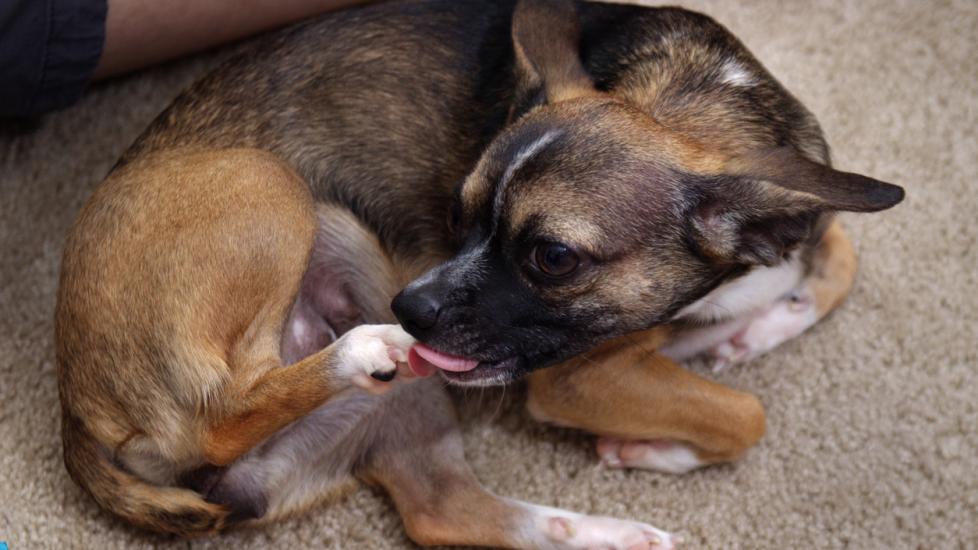In the world of our canine companions, interdigital cysts are a common yet often overlooked health concern. These fluid-filled sacs that develop between the toes of dogs can be uncomfortable and even lead to more severe issues if left untreated. As pet owners, it is crucial to understand these mysterious growths and how best to manage them for the well-being of our furry friends. Let’s delve into this topic with empathy, providing insights that will empower you to care for your dog’s delicate paws with expertise and love.
Understanding Interdigital Cysts:
Interdigital cysts occur when a hair follicle or sebaceous gland becomes clogged with dirt, debris, and oil, leading to inflammation and subsequent accumulation of fluid within the tissue. They are most commonly found in breeds with shorter legs and thicker skin around their feet, such as Bulldogs, Basset Hounds, and Dachshunds. The pressure from walking and running can exacerbate the condition by further irritating the affected area.
Signs Your Dog May Have Interdigital Cysts:
1. Licking or biting at the paws: This behavior may indicate discomfort caused by the presence of cysts.
2. Scratching or rubbing against objects: Dogs may attempt to alleviate pain through vigorous scratching or rubbing.
3. Discharge or odor: There might be a foul smell coming from the foot due to the buildup of bacteria inside the cyst.
4. Bleeding or redness: If the cyst ruptures, there could be bleeding and irritation surrounding the toe.
5. Limping or reluctance to walk: Severe cases can cause pain, making movement difficult or painful for your pup.
Prevention and Management Strategies:
To keep interdigital cysts at bay and maintain healthy paw pads, consider implementing the following measures:
- Regular Cleaning: Gently cleanse your dog’s feet after walks to remove any foreign particles that could contribute to cyst formation.
- Soft Surfaces: Provide soft bedding and flooring options to reduce impact on your dog’s sensitive joints and feet.
- Nutrition: Ensure your dog receives a balanced diet rich in omega fatty acids, which can help maintain healthy skin and coat.
- Supervision: Monitor your dog’s environment to prevent exposure to harsh chemicals or irritants that could aggravate existing cysts.
- Exercise Modification: Adjust exercise routines to avoid overworking your dog’s feet, especially on rough surfaces like hot pavement or rocky terrain.
- Veterinary Visits: Regular check-ups with your veterinarian can catch early signs of interdigital cysts and allow for prompt treatment.
Treatment Options:
If interdigital cysts do arise, various treatments may be recommended depending on the severity:
- Topical medications (antibacterial sprays, ointments) to control infection and promote healing.
- Oral antibiotics to address underlying bacterial infections.
- Surgical removal may be necessary for large or persistent cysts.
It is essential to consult with a veterinarian experienced in treating interdigital cysts to determine the appropriate course of action for your dog’s specific situation.
Conclusion:
Interdigital cysts can significantly affect a dog’s quality of life, but with proper awareness, prevention strategies, and veterinary intervention, they can be managed effectively. By staying informed about potential problems affecting our beloved pets, we become better advocates for their overall welfare. Remember, regular attention to your dog’s paws goes a long way in ensuring a happy and comfortable life together!
